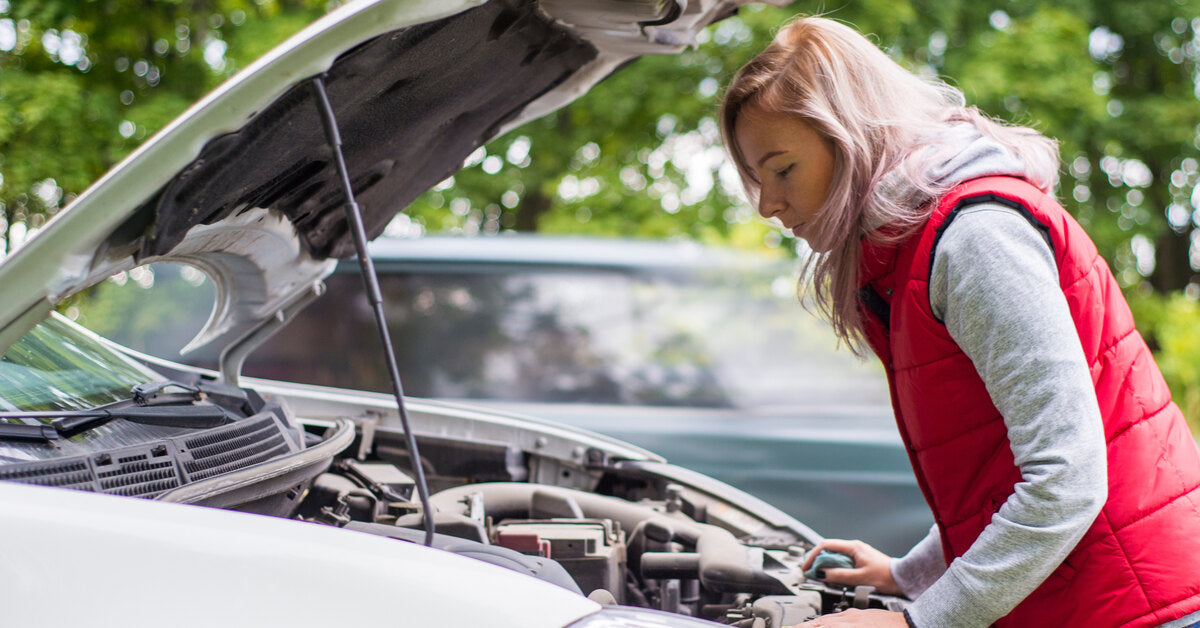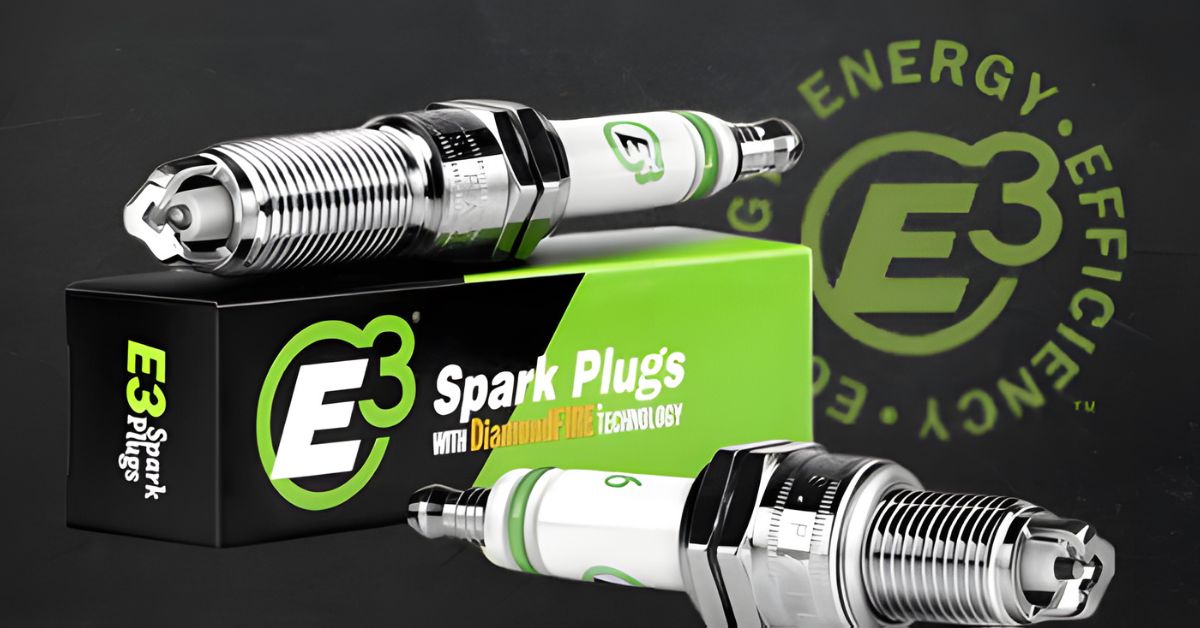
Whether you’re a professional gardener or just a homeowner who likes a clean and pristine lawn, maintenance for your lawn mower is crucial. There are many aspects of lawn mower maintenance, but one that lawncare experts can’t overlook is the spark plug. Eventually, every lawn mower needs a spark plug replacement, and you can even do it all by yourself!
Below, we’ll go in-depth on lawn mowers and spark plugs, including explaining when it’s time to replace them, how to choose the right plug for your mower, and offer tips for installing the new plugs in your mower properly. Whatever question you may have about spark plug lawn mowers, we’ve likely got the answer below!
The Crucial Role of Spark Plugs in Lawn Mower Maintenance
Spark plugs are the unsung heroes of your lawn mower. They ignite the air-fuel mixture in the combustion chamber, powering the engine. Without a functioning spark plug, your lawn mower simply won't start.
Over time, spark plugs can wear out or become fouled, leading to subpar engine performance or even complete failure. Regular maintenance, including replacing old spark plugs, is essential to keep your mower running smoothly.
When To Replace Your Lawn Mower's Spark Plugs
Knowing when to replace your spark plugs can save you from unexpected breakdowns, ensuring your lawn mower operates smoothly and effectively. Several telltale signs indicate it's time for a change. If your lawn mower struggles to start or requires multiple attempts before it fires up, this could be a clear indication of worn spark plugs that can no longer ignite the fuel-air mixture properly.
Another sign to watch for is a rough-running engine that misfires or stalls frequently, which can be frustrating and hinder your mowing efficiency. Regular inspection of your spark plugs and timely replacement can not only prevent these issues but also keep your mower in top condition, ensuring it runs efficiently and lasts longer.

The Benefits of Replacing Old Plugs With New Ones
Keeping on top of lawn mower maintenance and spark plug care offers many dividends to lawn mower owners. First and foremost, it ensures reliable ignition, making your mower easier to start. Fresh spark plugs also promote efficient combustion, leading to smoother engine operation and reduced emissions.
Homeowners and professional landscapers alike know how frustrating it can be to yank on the engine starter time after time to get it to turn over! With fresh, new plugs, your mower’s engine will turn over the first try—and save you a sore arm in the meantime. New spark plugs also contribute to consistent power output, allowing you to tackle tough mowing tasks effortlessly.
Tips for Choosing the Right Spark Plugs for Your Lawn Mower
So, you’ve decided to replace your mower’s spark plugs, but which ones are the ideal fit for your machine? Start by checking your mower's manual for the recommended spark plug type and specifications, as different engines require specific plugs. Opt for reputable brands known for quality and durability.
Consider the material: copper plugs are affordable and perform well, while platinum or iridium plugs offer better longevity and efficiency. Ensure the spark plug matches the correct heat range to prevent overheating or fouling, as investing in the right plugs guarantees a perfect fit and reliable performance.
E3 Spark Plugs' Innovative DiamondFIRE Technology
If you’re in search of a high-quality spark plug for a lawn mower, look no further than E3 Spark Plugs and our advanced DiamondFIRE spark plug technology. Our patented DiamondFIRE technology delivers a more efficient and longer-lasting spark, resulting in improved engine performance and fuel efficiency.
With our unique design and materials, E3 Spark Plugs offer superior heat transfer and self-cleaning capabilities, ensuring reliable ignition and reduced emissions. Investing in E3 Spark Plugs means investing in your lawn mower's optimal performance.
Step-by-Step Guide to Installing New Spark Plugs
Now that you’ve got new spark plugs, we’ll take you through each step to install them properly in your lawn mower with a few tips to ensure a smooth and easy process.

Step 1: Prepare for Installation
Before starting, make sure you have all the necessary tools and equipment, including new spark plugs that match your lawn mower model, a socket wrench with an extension, a spark plug gapping tool, and dielectric grease. It's also essential to wear protective gear such as gloves and eye protection.
Step 2: Locate the Spark Plugs
First, you need to locate and remove the old plugs. Spark plugs are typically on top of the engine and can be identified by the thick wires or rubber boots connecting them to the engine. Depending on your lawn mower model, you may have one or multiple spark plugs.
Step 3: Remove Old Spark Plugs
Using the socket wrench with an extension, unscrew each spark plug counterclockwise to remove it from the engine. Be careful not to damage the threads, and avoid pulling on the wire or boot, as this can cause damage.
Step 4: Inspect and Gap New Spark Plugs
Before installing new spark plugs, inspect them for any damage or defects. Use a spark plug gapping tool to ensure the gap between the electrodes is within the manufacturer's recommended range. This ensures the optimal performance of your lawn mower.
Step 5: Apply Dielectric Grease
Using a small amount of dielectric grease, lightly coat the inside walls of each spark plug's boot or wire terminal. This helps create a water-resistant seal and prevents corrosion. Be careful not to apply too much grease, as it can hinder the spark's ability to jump.
Step 6: Install New Spark Plugs
Carefully screw in each new spark plug by hand, and then use the socket wrench with an extension to tighten them. Avoid over-tightening, as this can damage the threads or compress the washer, causing gas leakage.
Step 7: Reattach Wires or Boots
Gently push each wire or boot onto its corresponding spark plug until you feel a slight click, ensuring a secure connection. Double-check your work, then fire up your lawn mower for a test run to see how it looks, sounds, and feels.
Congratulations, you have successfully installed new spark plugs for your lawn mower! Remember to dispose of old spark plugs responsibly and follow proper safety precautions when working with small engine components.
Common Mistakes To Avoid When Installing Spark Plugs
While installing spark plugs is relatively simple, several common mistakes can lead to problems. One common error is picking the wrong spark plug. Always double-check the specifications to ensure compatibility.
Over-tightening is another frequent mistake that can damage the threads or break the spark plug. Failing to check and adjust the spark plug gap is another common oversight. An incorrect gap can result in poor ignition and engine performance.
Enhance Your Lawn Mower with E3 Spark Plugs
With our guide, you can now understand the benefits of spark plug replacement, find the right plugs for your mower, and install the new plugs easily. E3 Spark Plugs is here to help you reach the peak of your lawn mower’s capability with our patented E3 DiamondFIRE technology for greater performance and longevity. Browse our inventory to find new plugs for your lawn mower or contact our staff if you have any questions today!







